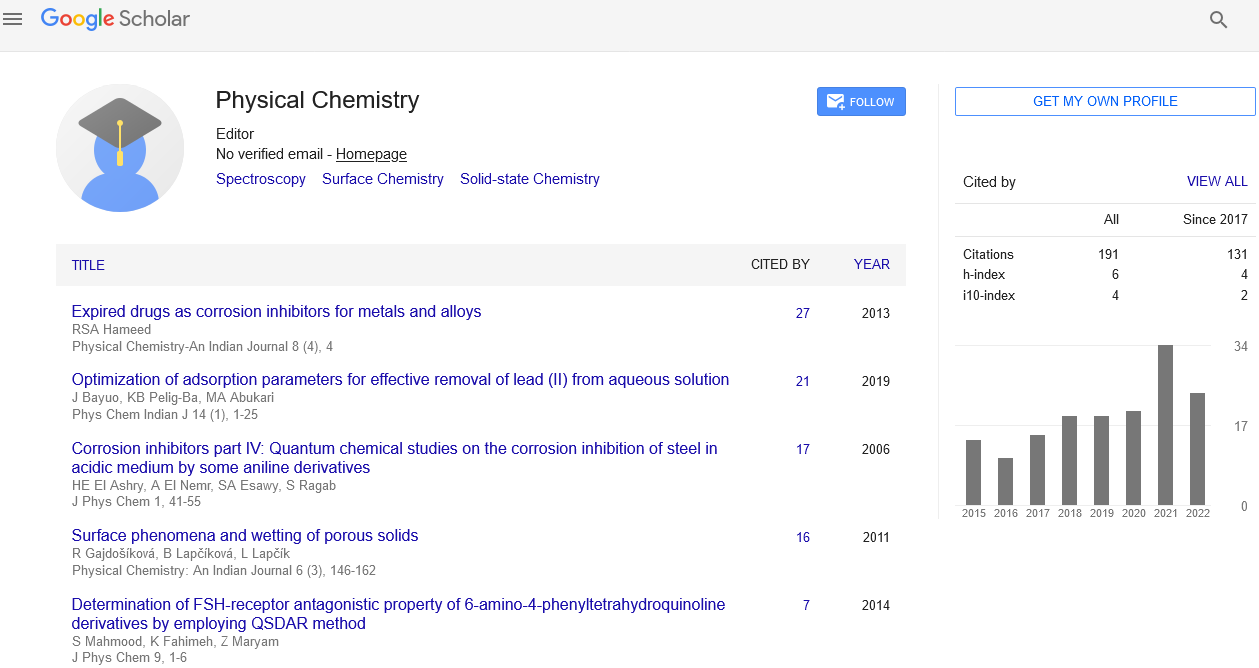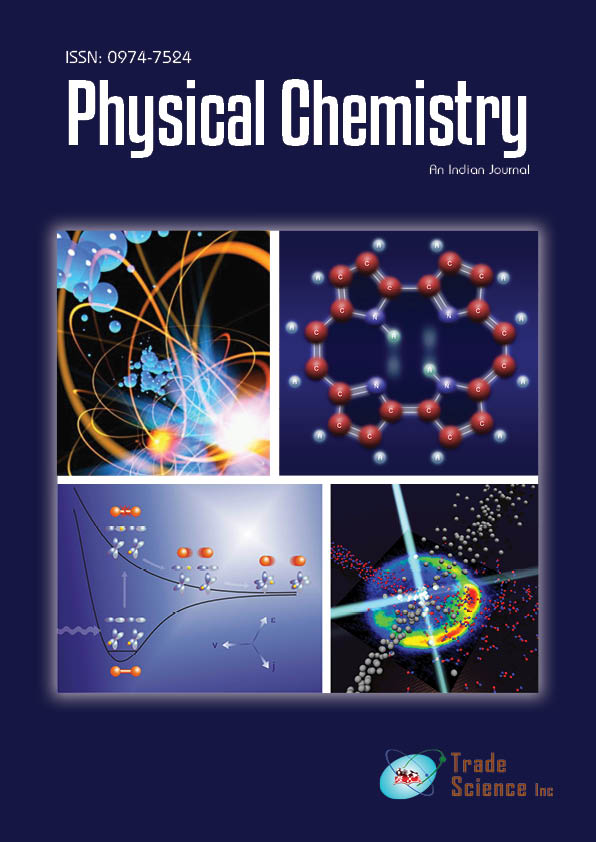Review
, Volume: 16( 6)Resuming Business in a COVID Normal Environment
Akindeju M. K. *
- *Correspondence:
- Akindeju M. K.
Director and Principal Procss Enginering Consultant,
MKPro Engineering Pty Ltd., Lucas,
Ballarat
E-mail: michael.akindeju@mkproengineering.com.au
Received: September 23, 2021; Accepted: : October 06, 2021; Published: October 15, 2021
Citation: Akindeju M. K. Resuming Busines in a COVID Normal Environment. Phys Chem Indian J 2021;16(6):156
Abstract
Although pandemics of its scale and geographical coverage are not unprecedented as widely claimed, coronavirus continues to pose novel and complex challenges to governments, businesses, and individuals. Governments had and continue to have obligations to respond speedily with both health and economic policies to prevent irrevocable damages to their respective economies and sovereignties-some more successful than others. The speed at which governments responded meant there had to be incremental knowledge on the virus, hence public health handling methodologies and policies morphed from form to form in the face of balancing economic realities with health imperatives, inadequate supplies of personal protective equipment and manpower. Amongst all these, MKPro Engineering Pty Ltd identified a critical oversight as of May 2020 official advice had not recognized that aerosol mode of transmission was clearly feasible and was of grave danger. In our modelling, we mathematically established that coronavirus, at published mass of 33.8kDa and 1million cells/mL cluster density, is about 22 billion times lighter than air, and can be air-borne, hence able to travel as aerosol particles under suitable conditions for at least several meters before the aerosols become considerably dispersed.
Introduction
As SARS-CoV-2 and COVID-19 pandemic gripped the world, the attention of governments and businesses turned to the widespread damages it was and is still causing to public and private economies. While they battled with stabilizing economies and contemplated recoveries, the attention of professionals including doctors, scientists, researchers, public health managers and engineers were focused on the deterministic programming for such recoveries. Those attentions and interests did not always align.
Although similar pandemics, by scale, occurred in 1918-1920, COVID-19 pandemic was hyped as unprecedented giving rise to governments wielding sweeping Emergency and Public Health powers with elements of public health responses demonstrating most governments may not have adequately learnt from prior comparable pandemics [1-3]. The attending challenges which include diminished cognition, Long-COVID, human behavioural social fatigue, deteriorating mental health, shortages of personal protective equipment, and non-compliance to public health orders were exacerbated by limited knowledge on coronavirus epidemiology, and in particular on whether coronavirus is communicable via aerosol mode and from salivaWith a view to advising necessary government agencies and departments on plausible engineering solutions, the feasible range of cluster volume at which coronavirus can exist and to determine whether aerosol mode of transmission was not only feasible but also practical [11].
The Model
Given the molecular weight of coronavirus as 33,796.64 Dalton and the average size of coronavirus at 100 nm-120 nm, in this work, the total mass of observable laboratory cell cluster density of 1 million cells per mL was compared with the mass/mL of purified air as presented in FIG.2 [12-15]. We concluded that it is not only plausible but also practical for coronavirus to be communicable via aerosol mode. This is further corroborated by the characterization of coronavirus in a “Characteristics of SARS-CoV-2 and COVID-19” by Hu et al. work by where they established that smaller and much more numerous particles known as aerosol can be exhaled by COVID-19 patients, linger in the air for a long time and inhaled by someone else to cause the virus to penetrate deep into the lungs of the new host [16].
Given this feasibility of coronavirus existing in aerosol mode, we further profiled and concluded that the risk of super-spreaderindividuals, events, or venues-presented in FIG. 3, are of primal importance and should be mitigated by adopting our (or similar) engineering solutions presented in the ‘Recommended Approach to Solutions’ section [17].
Recommended approach to solutions
Vaccination was and is being taunted as the sure pathway out of lockdowns and covid-19 pandemic. However, there is clear evidence that such may not necessarily be true. The UK, Israel and Seychelles were amongst the most vaccinated nations, yet a relaxed adherence to other social and behavioral public health dimensions have turned the tide around with case numbers and caseloads on rapid increase following the Delta variant outbreak. Fully vaccinated people have also been shown to spread the virus [18-24].
Based on the above evidence, widely adopted vaccination in combination with the following engineering and behavioral solutions should be the approach to effectively manage COVID-19 pandemic so that businesses can sustainably and confidently re-open. This will be at a much lower cost than the impoverishing cost of lockdowns and their perennial impact on the economy. Our proposed approach to resuming business in a COVID Normal environment includes the following elements:
Engeenering solutions
Safety audit: Perform a thorough safety audit of business premises and processes using one of the tools or methodologies itemised below:
- Hazard Identification (HAZID)
- Potential Hazard Analysis (PHA)
- Risk Assessment & Analysis (RAA)
- Layer of Protection Analysis (LOPA)
- Safety Integrity Level (SIL)
- Construction Hazard Assessment and Implication Review (CHAIR)
Modify Access: Modify access is explained as following:
- With due regards for security, access to spaces must be adequately considered to reduce need for high touch surfaces
- Where high touch surfaces are required, a suitable disinfectant must be provided and backed with adequate business process
Air Purification: High frequency air-volume turnover is recommended to avoid accumulated viral load.
- This will also eliminate volatile organics built in confined spaces and dissipate any vapour clouds that may be indicative due to frequent use of alcohol- based cleaning agents. This can be achieved with adequate natural or forced cross ventilation
- Localised Air Purifiers e.g., HEPA filters may be the best solution for some spaces
- This should be such that the viral load, computed as expressed below, per isolated space volume is significantly less than necessary to cause illness
Operational and behavioural solutions
Physical Distancing: It is important to avoid community transmission.
- Adherence to public health directives
- Physical Distancing is crucial for controlling community transmissions and should be implemented in combination with the donning of fitted facemasks as coronavirus cell clusters volume and size distribution can vary leading to formation of droplets and aerosols which can travel several meters
Limiting number of human clusters: It is further explained below:
- Limiting the number of human clusters is indicatively successful but may not be sustainable far into the future as it is counterintuitive to human empathic behavioural patterns as social beings and does not support business economics, especially hospitality, tourism, and aviation industries to mention a few
Face protection: It’s done by wearing a mask.
- The of a fitted face mask covering nose and mouth is effective but only to the extent that donning and doffing procedures are appropriately applied. The use of face-shield can provide additional protection in community settings
Personal Hygiene: Practice good personal hygiene.
- Personal Hygiene (i.e., washing of hands, sneezing/coughing into the inside of elbows, hand sanitization, avoiding face touching as much as possible, no hugging, no shaking of hands) are important and should be implemented in combination with the use of facemasks and physical distancing. Noting that humans are not robots, body touching including the face, is a gesture of life and living. There are limits to how much success this can provide.
Frequent cleaning of surfaces: Practice cleaning and organizing.
- Frequent cleaning of high touch surfaces, service and common utility items are a must. Cleaning must be done in a way that does not create confined spaces and consideration must be given to the type of disinfectant deployed
- For indoor spaces, cleaning should be done with either fixed or mobile HEPA filters to reduce the levels of air-borne volatile organics
Conclusion and recommendations
Despite virulent coronavirus variants, businesses can sustainably return to economic activities in a COVID Normal environment with appropriate safety audits, implementation of audit outcomes, appropriate modifications to human behaviours, and continuous air purification. This will be at a cost much lower than the impoverishing cost of lockdowns and their perennial impact on the economy.
Acknowledgements
Special appreciation to all researchers and publishers, notably Nature, that continue to work tirelessly to generate a reputable body of knowledge on coronavirus and for making such knowledge available for consumption.

